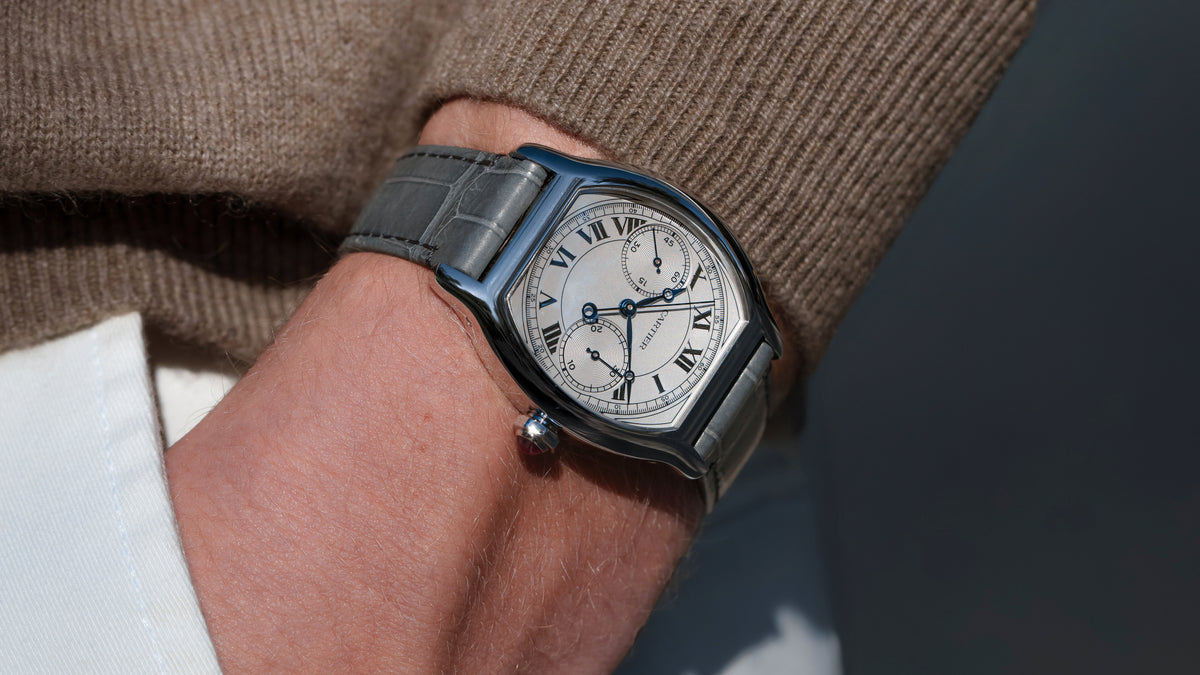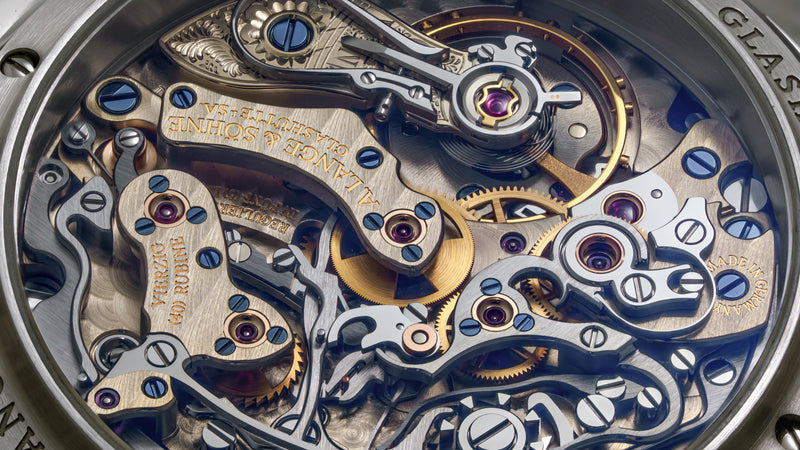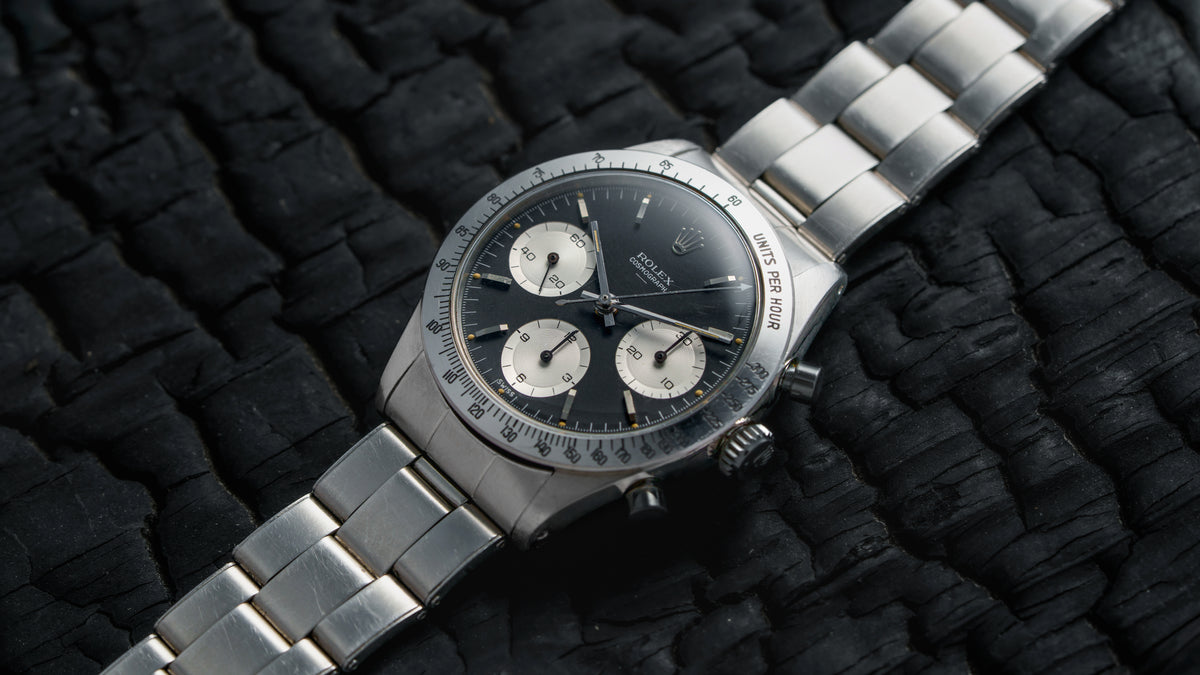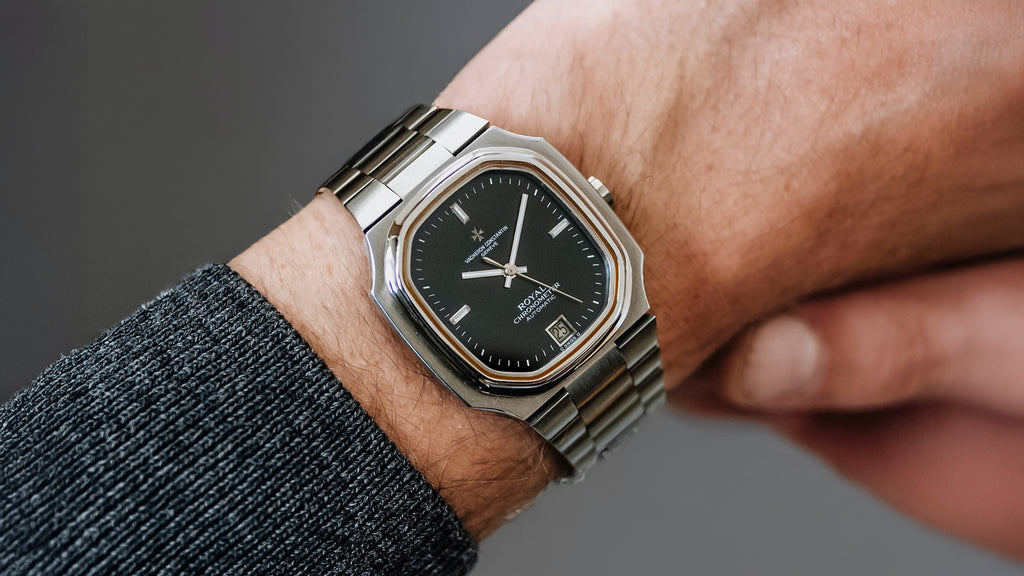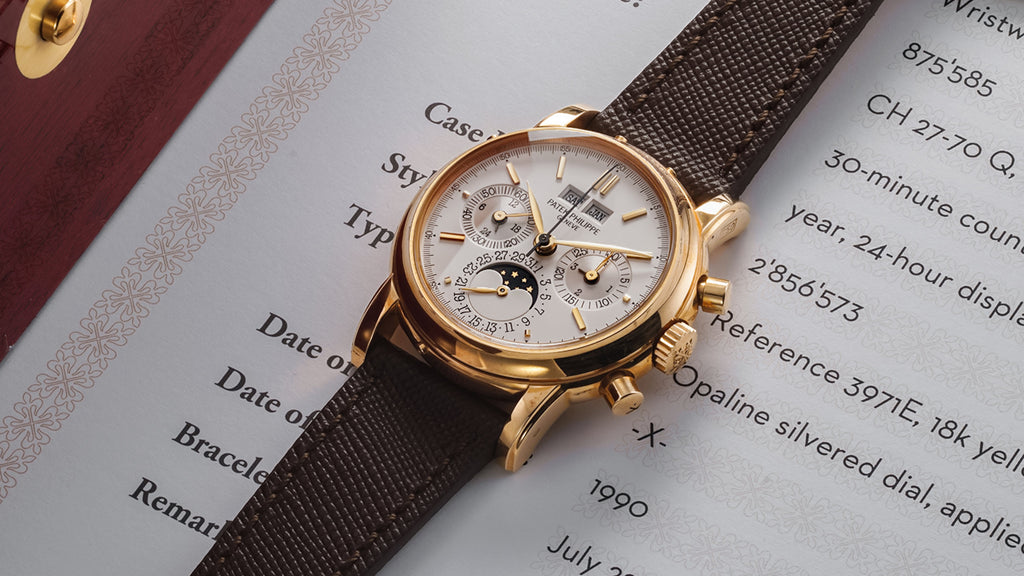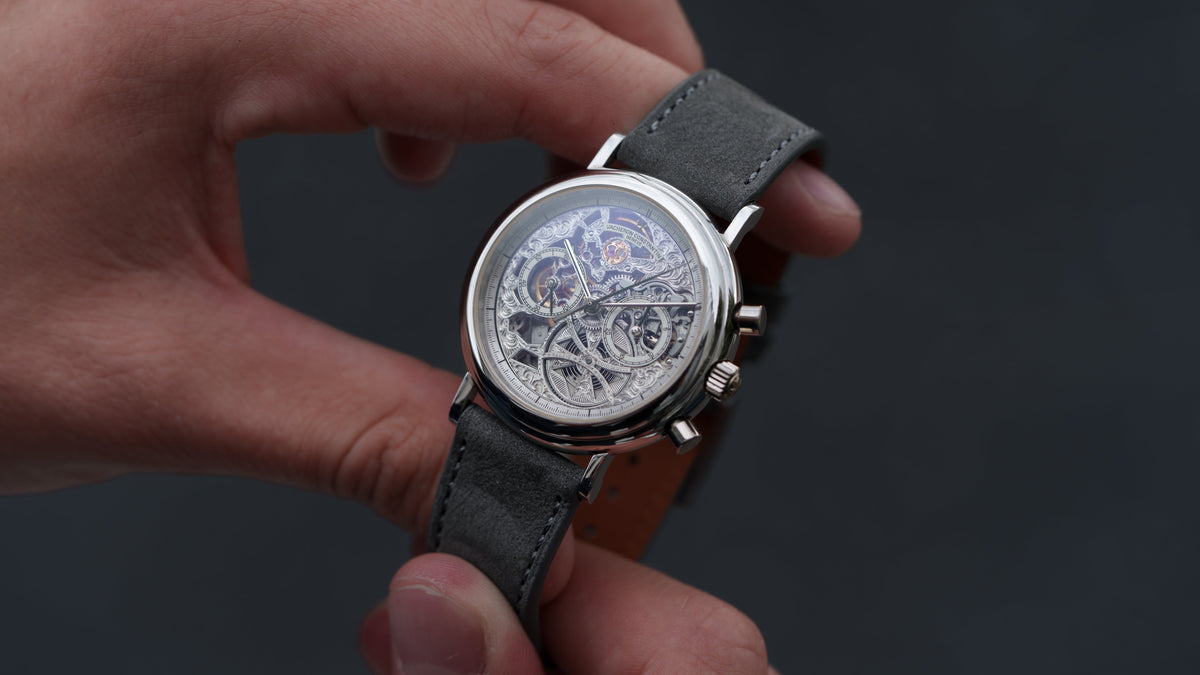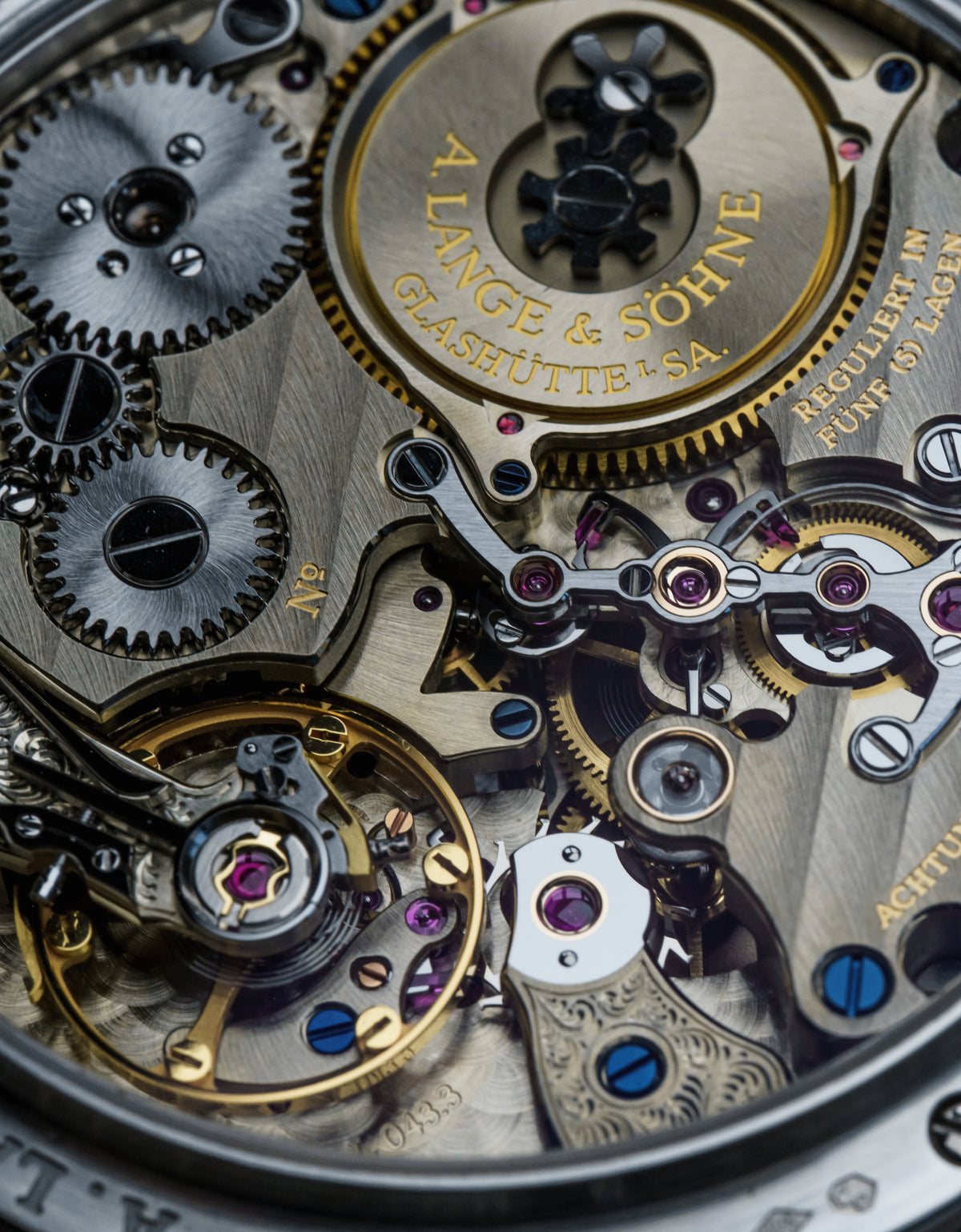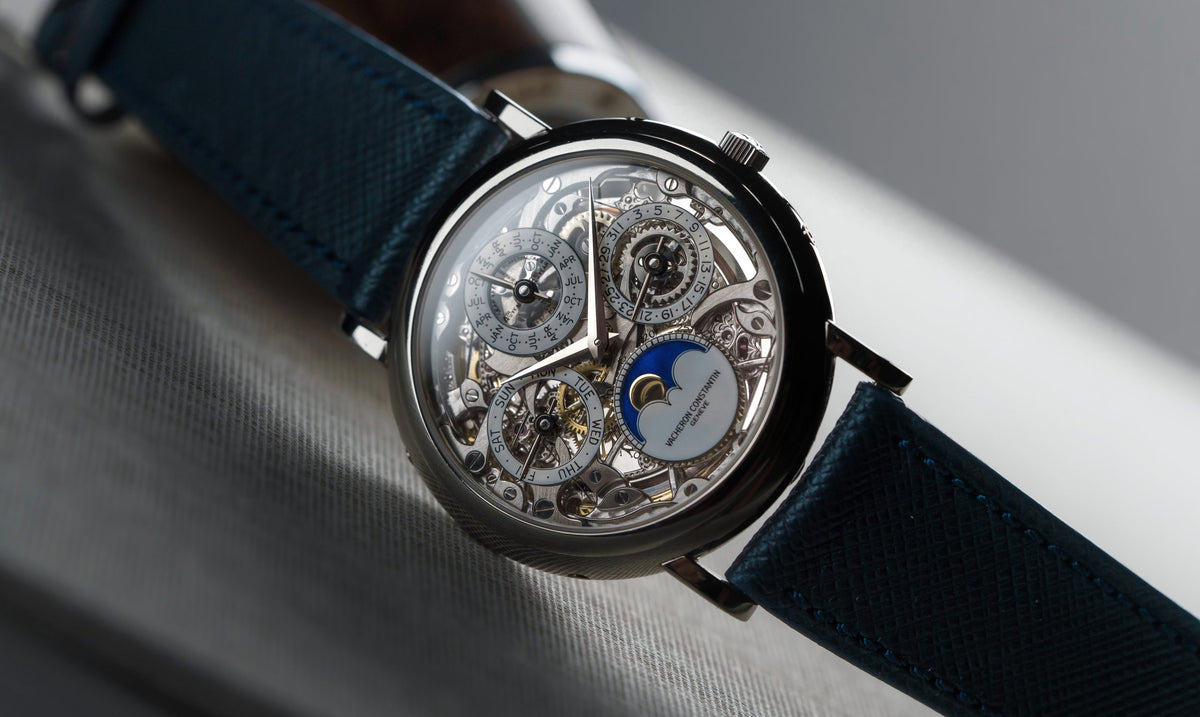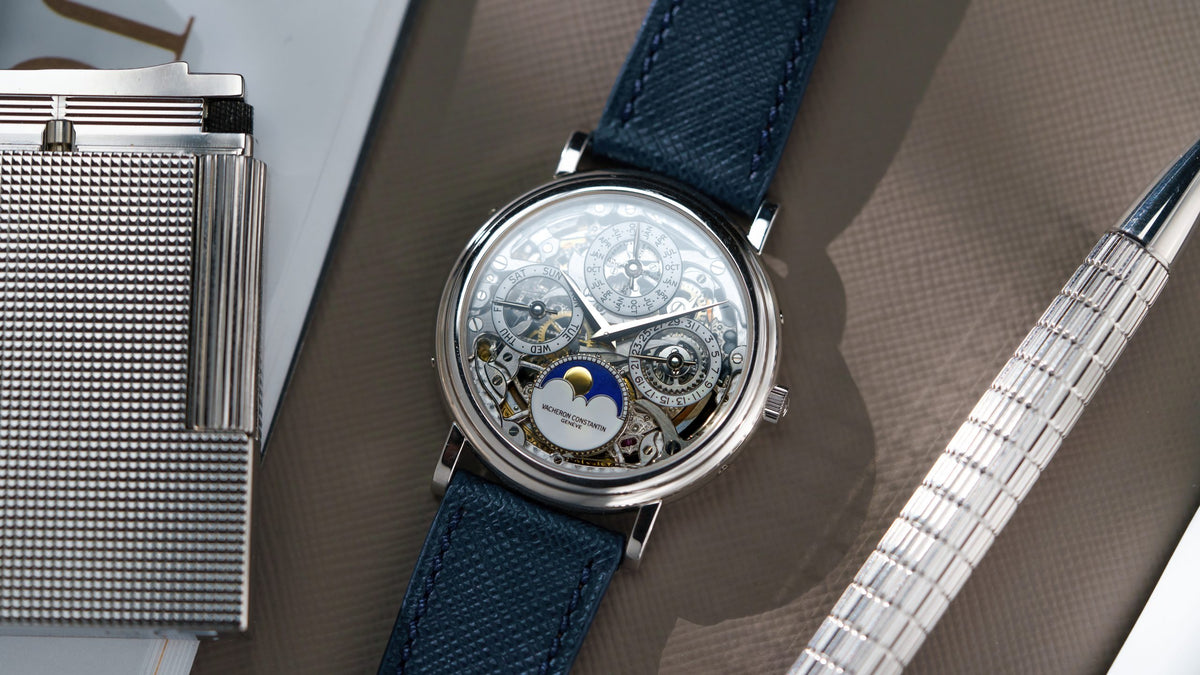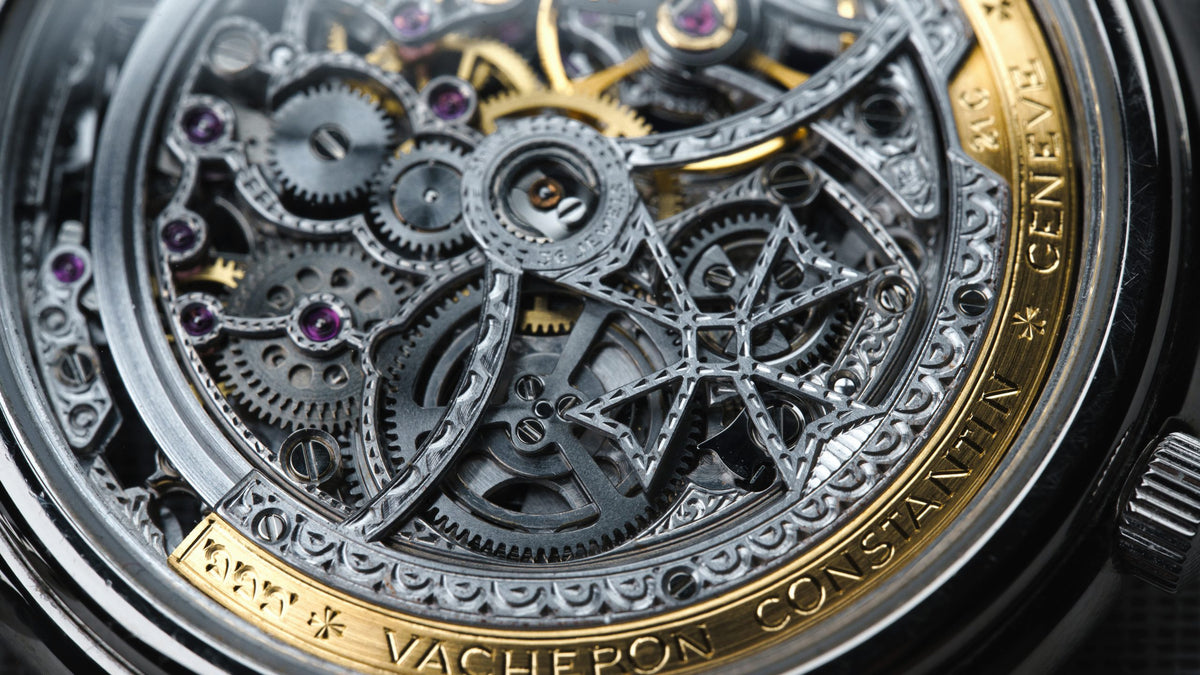43032, Perpetual Calendar Skeleton, Platinum
A ref. 43032 Perpetual Calendar Skeleton, estimated by Vacheron Constantin to be 1 of 150 examples made in platinum between 1984 and 2000. The 43032 bears an astonishing showcase of mechanics and finishing through its fully-skeletonised calibre 1120 QP SQ. The Perpetual Calendar Skeleton is Vacheron Constantin’s ultimate ability on display, highly collected not just for rarity or beauty but as a harbinger of Switzerland’s return to dominance post-quartz crisis in complicated, ultra-thin, mechanical watchmaking.
